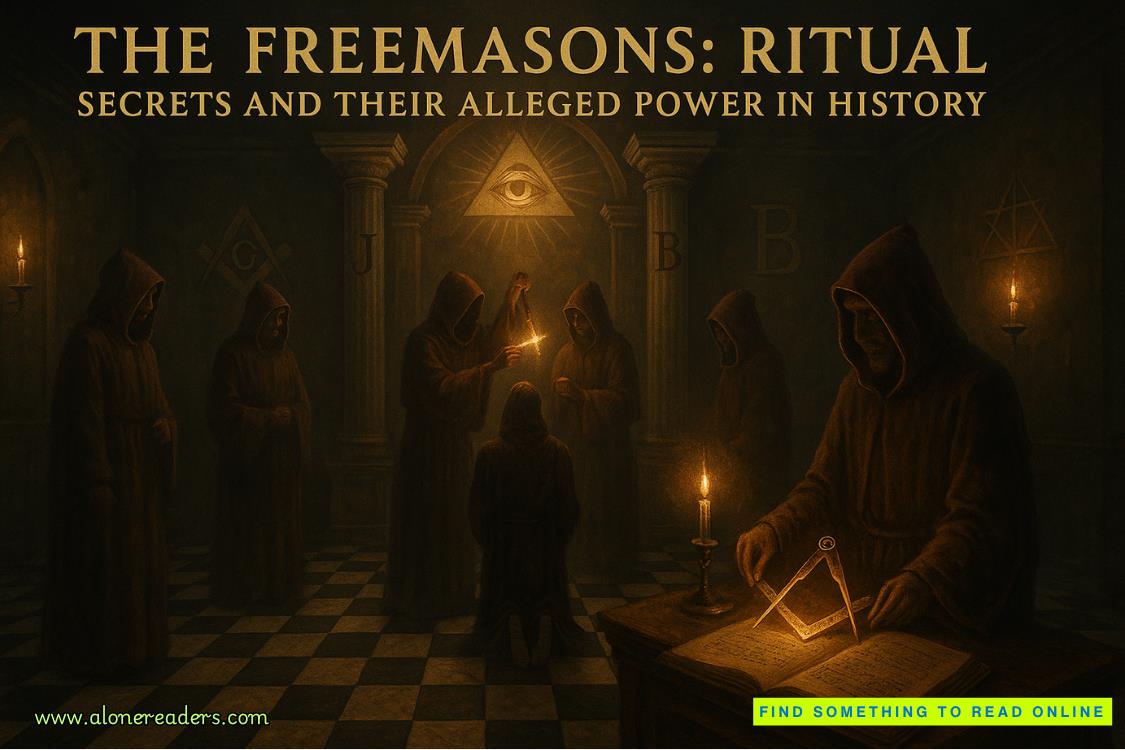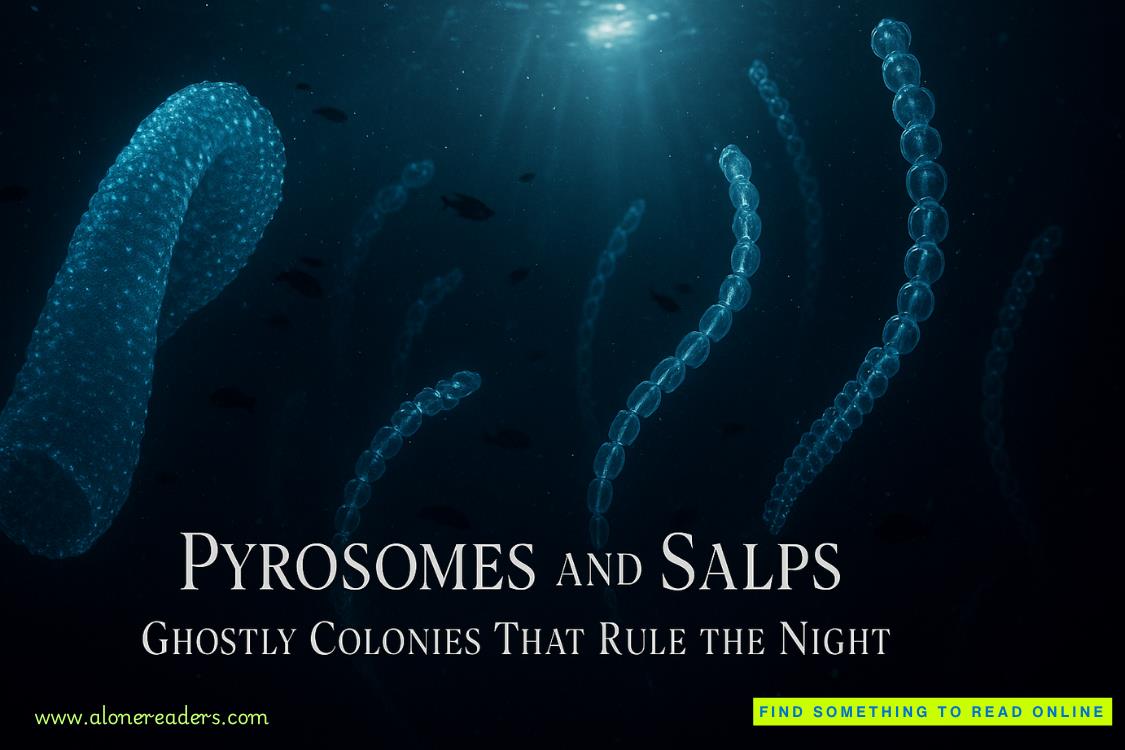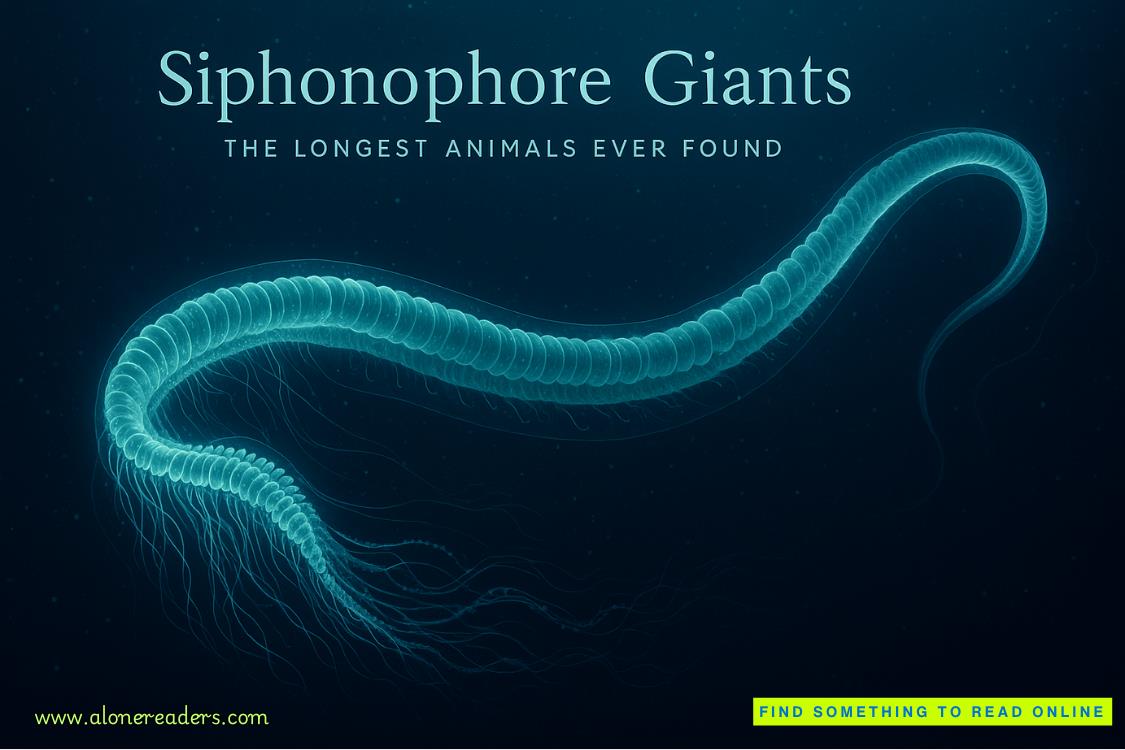My first patient is a woman with a broken nose and mild concussion who tripped on a loose paving stone outside one of the supermarkets. Her hands were filled with shopping bags and there was nothing to break her fall.
The next patient is a plumber who dropped a toilet on his foot, then a teenage girl with a severely infected belly-button piercing, and then, and then. I move from one triage bed to the next. Focused. Listening. Asking. Examining. The barely-slept exhaustion no longer matters. This is what I live for.
The next thing I know it’s early afternoon and, aside from the twenty minutes when I rushed into town and back to get Beth’s ribbon, I haven’t stopped seeing patients. I’m passing by the nurses’ station on my way to grab a quick drink of water when the red phone rings. Its ring, like its colour, like its position dead centre on the wall, screams urgent.
My feet slow, I sidestep to the edge of the corridor and out of the flow of doctors, nurses, porters and patients. I don’t answer it. That’s not my job, but I listen as one of the junior nurses picks up.
‘Westbury District Hospital, A&E,’ she says, rattling off the hospital name as easily as she would her own.
There’s a pause before she speaks again. ‘Trauma or medical?’
The nurse hangs up and reaches for the tannoy – a small black microphone with a single press button, the same type they have in supermarkets when the call goes out for a clean-up in aisle seven.
‘Trauma call, adult male, five minutes,’ she says, her voice clear and loud in the speakers over my head.
The charge nurse leaps up, giving instructions to her team.
‘I’m here,’ I tell her before she pages me.
We gather by the entrance. Diya as lead consultant, then me, then Thomas Carrick. Two nurses – Amie and Callum – join us. The thrill of the unknown, the buzz of the unexpected humming in our veins.
‘Hey,’ Diya says, touching my arm. ‘You OK?’
The truth pushes down on me for a second before I nod. ‘Yep, I’m good.’
She returns my stare and I know by the look of concern creasing her slender face that she doesn’t believe me. I open my mouth to say something, to explain, but stop myself. This isn’t the time or the place, and if I start to talk about last night then I will crumble into the quivering mess I feel inside.
Diya gives my arm a quick squeeze before turning to talk to Thomas. She knows me well enough to not push for answers now.
The ambulance pulls up hard. Two paramedics in dark-green uniform rush through the doors with their patient flat out on the stretcher. There’s a large red collar securing his neck and obscuring part of his face. It’s clear he’s in a bad way.
‘Let’s take him to resus,’ Diya calls out, and we’re all moving through the swing doors away from thecuts and the fevers – the walk-ins – and into the resuscitation bay where we take the worst of the worst injuries and those closest to death.
I walk beside the stretcher, my mind already building a mental picture of my patient. He’s around six foot, medium build, and based on the dark hair and smoothness of skin he’s in his mid-twenties. A long scrape covers the half of his face that I can see. It’s red raw and dotted with specks of black tarmac. There’s blood matted in his hair too.
We’re about to crowd into the resus bay when Diya’s pager beeps. Before she can check it the charge nurse is by our side.
‘Unresponsive toddler one minute out,’ the nurse pants.
Diya nods before looking at me.
‘I’ve got this,’ I say and she’s gone.
‘Listen up,’ I call as the stretcher is wheeled alongside an empty bed. ‘Everyone listen to the handover.’
Silence falls and all eyes turn to the female paramedic. ‘This is Matthew Dover. He was hit by a bus going approximately thirty miles an hour and dragged for around four metres. His left lung sounds clear. There is diminished air entry on the right side. Likely pneumothorax. Patient sustained an injury to his jaw. He managed to give us his name, but he is having difficulty speaking.’
The picture forms and like a film I replay the accident. I see the bus striking the patient’s right side, forcing him to the ground and dragging him under. I’d bet money on a broken rib being the cause of the collapsed lung.
‘OK,’ I say. ‘On my word. Ready, steady, slide.’ And the patient is moved to the bed.
The nurse swaps the neck brace for one of ours. It’s smaller, revealing more of my patient’s face. A sudden unease tickles the back of my neck but there is no time to question it.
One of the paramedics hands a backpack and umbrella to Callum. ‘No idea why he thought he’d need an umbrella today,’ he says and they share a smile. Callum tucks the patient’s belongings to one side, but not before I see it: the black top, the streak of white logo on the side.
My heart starts to pound.
The paramedics step away. Their work is done, and mine has just begun. Callum leaves too. The patient is bad, but not so bad that we need an entire team around us.















